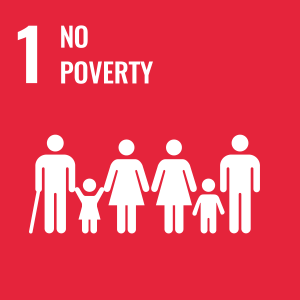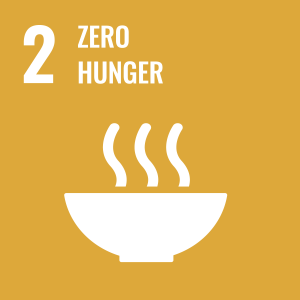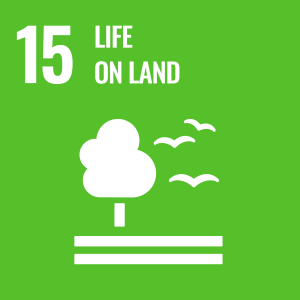The key elements of film form
Students learn about the techniques filmmakers use to further narrative and character, stimulate an emotional response, reveal further layers of meaning and place a film within a particular genre or style. These core elements are cinematography/lighting, mise-en-scene, editing, sound and performance.
Students will apply their knowledge, skills and understanding on the short films that they need to study for their component 3 production: “Connect”, “The Gunfighter”, “Curfew”, “Wasp”, “The Wrong Trousers” and “Meshes of the Afternoon”.
Students will be assessed on their ability to write 650-800 words about 2 core elements of their choice, in relation to any of the short films studied in this section.
Component 2 Global filmmaking perspectives: Section A = European/ Film Produced outside Europe
For this two-film study, learners study one non-English language European film (“Mustang”) and one non-English language film produced outside Europe (“Taxi Tehran”) in relation to the core study areas. Students explore the films’ distinct geographical, social, cultural worlds and their particular expressive use of film form. As part of their end of section assessment, students answer one 40 mark question from a choice of two, requiring reference to the two films studies in this section. They have to write approximately 1200 words in one hour.
Component 1: Varieties of film and filmmaking. Section A: Hollywood 1930-1990 (comparative study)
For this two-film study, learners compare two films, from classic Hollywood (“Casblanca”), and New Hollywood (“Bonnie and Clyde”), in relation to the core study areas, with emphasis on context. Alongside the core areas, students need to apply the specialist study area of “Auteur”. As part of their end of section assessment, students answer one 40-mark questions, requiring reference to the 2 films studied in this section. They have to write approximately 1200 words in 1 hour. each question will require students to compare the 2 films’ contexts and auteur signatures.
Component 2 Global filmmaking perspectives: Section B: Documentary film
For this single-film study, learners study a documentary film (“Amy”), in relation to the core study areas and the specialist study areas of critical debate (the significance of digital technology and filmmakers’ theories). As part of their end of section assessment, students answer two 20-mark questions, requiring reference to the film studied in this section. They have to write approximately 600 words in 30 minutes. One question is about digital technology and one question about the chosen filmmaker’s theory.
Component 2 Global filmmaking perspectives: Section C: Film movements – Silent cinema
For this two-film study, learners study 4 of the Buster Keaton’s short comedy films, in relation to the core study areas (“One Week”, “The Scarecrow”, “The High Sign”, “Cops”). Students tackle questions on the specialist area: critical debate on the realist and the expressive. As part of their end of section assessment, students answer one 20 mark question from a choice of two, requiring references to the four short films studied in this section. They have to write approximately 600 words in 30 minutes.










